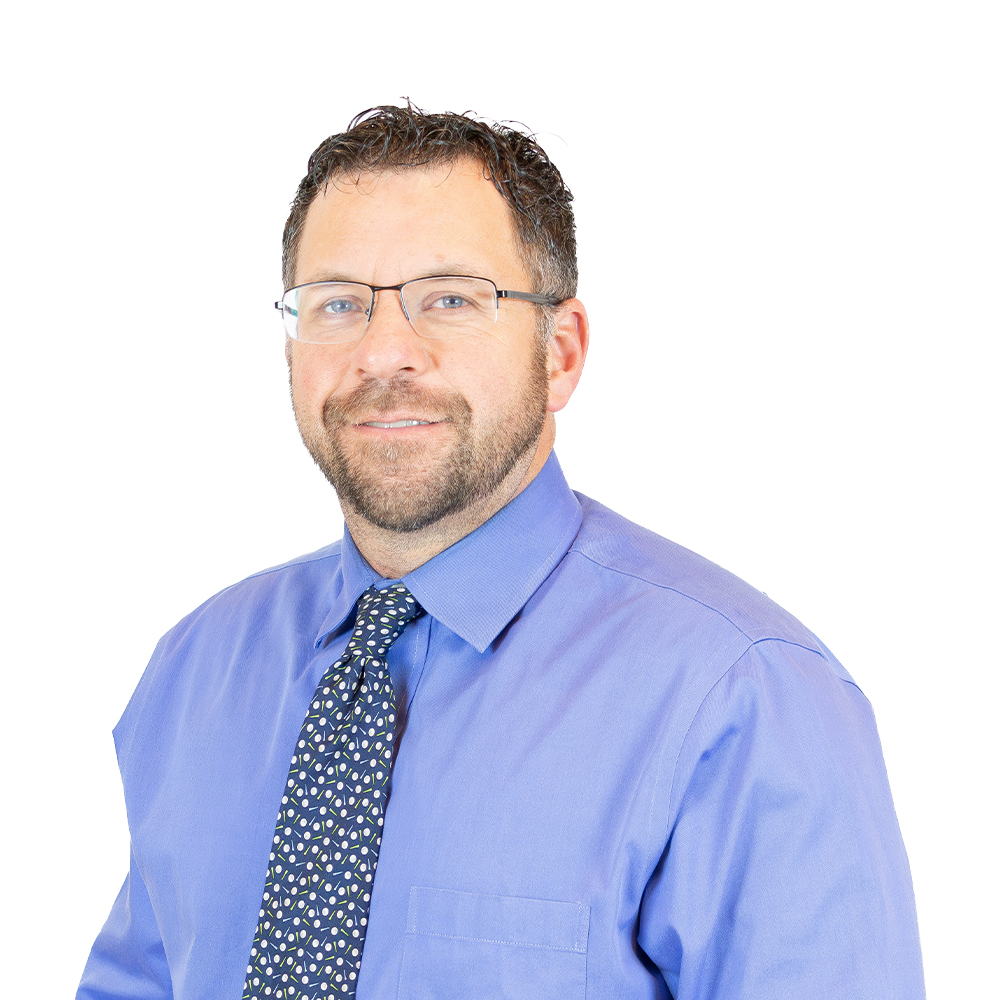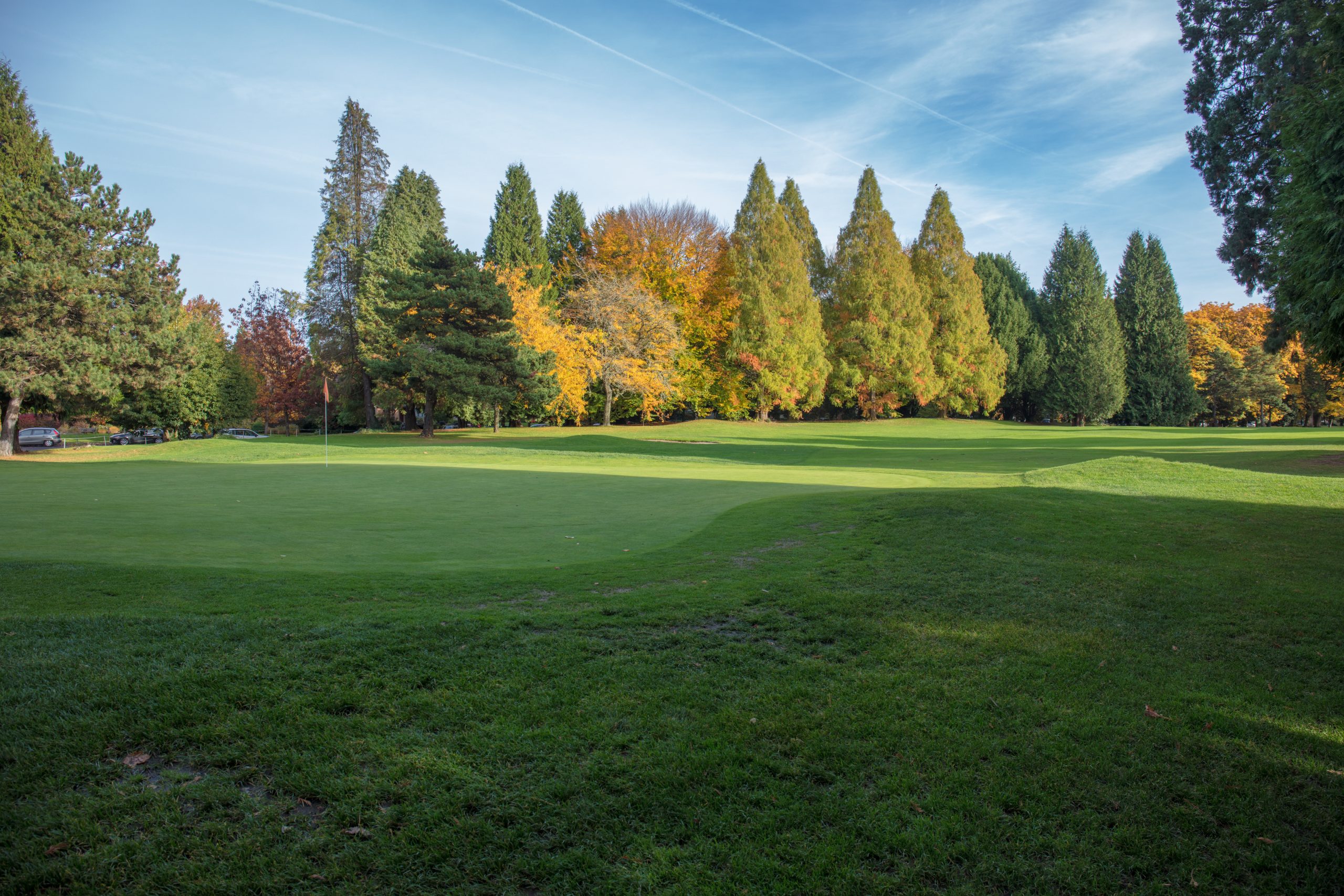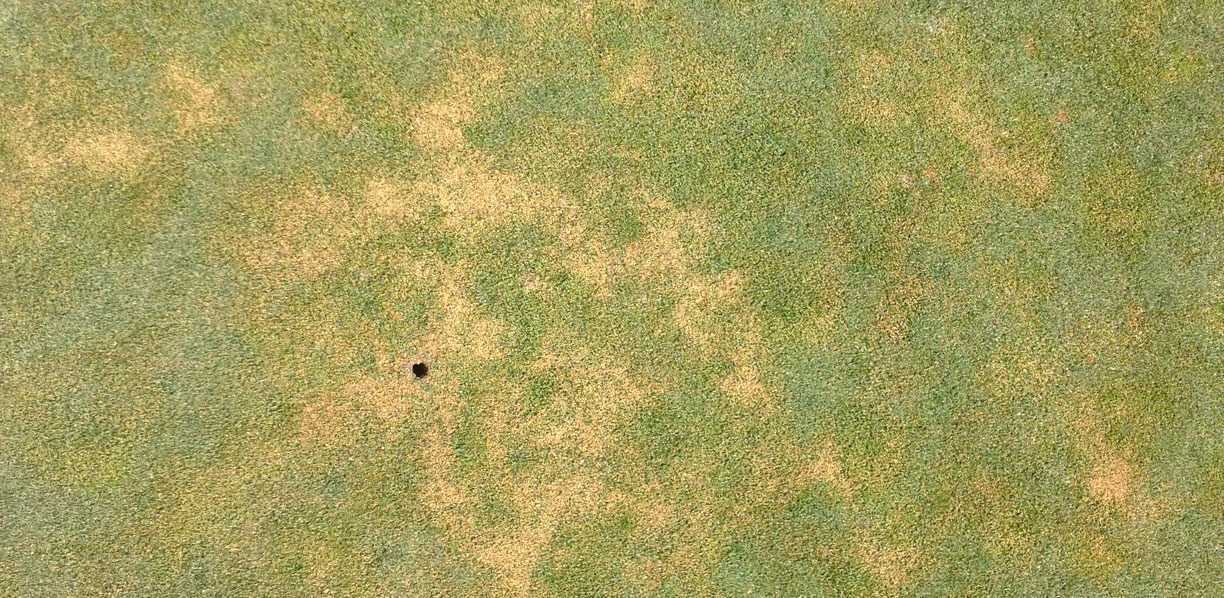Every season, I hear more and more from customers about the declining performance of specific active ingredients in fungicides. As a result, this leads to declining turf performance that can be costly to fix. A lot of these issues are caused due to the overuse of the most economical options available on the market. This creates very difficult decisions for golf course superintendents and turf managers with strict budget constraints. Initially, it may seem to make financial sense to continue to use these options without rotating to save money. However, the long-term ramifications of losing these options completely could be severe. There is a significant jump in cost-per-acre between the most and least expensive fungicide options on the market, and so maintaining the most cost-effective options long-term is critical to creating a sustainable, economical fungicide program.
The two most critical factors in reducing the chances of developing resistance are rotating chemical classes and adding contact fungicides that contain multiple modes of action. The more chemical classes you utilize in your program, the less chance you will have of developing resistance. The more you rotate, the more efficient the fungicides become. While adding a new chemistry to your program may cost a little more at first, it helps to make it work long term, making up some of the additional cost of the application. When talking with customers, I try to emphasize the importance of maintaining all of the chemical fungicide classes long-term. Adding some additional cost on a more diverse fungicide program now could save money in the future by helping all of the current chemistries to remain viable options.
Here are a few examples of ways to build an active ingredient rotation program:
- Add Chlorothalonil to your systemic fungicide applications
- Utilize combination fungicides like ArmorTech TMI 2020 XL (thiophanate-methyl (19.65%) and iprodione (19.65%))
- Utilize all the different chemical families in rotation (DMI, SDHI, strobilurin, dicarboximide, contact, etc.)
- Strategically choose the active ingredient that best fits the disease for the time of year
There are an endless amount of ways to create a fungicide program. What’s most important is to avoid back-to-back applications of the same chemical class when possible to reduce risk of fungicide resistance. Beginning that process by incorporating the rotation of systemic fungicides and adding contacts to your applications will help in building a long-term, sustainable, and economical chemical program. If an economical fungicide option is lost due to pathogen resistance, the cost to get a similar result could go up five times. To some, this may not be an option and the turf quality will rapidly decline.
Talk to your ATS representative about all the options available to create a tailored chemical plan for current success and future sustainability!













